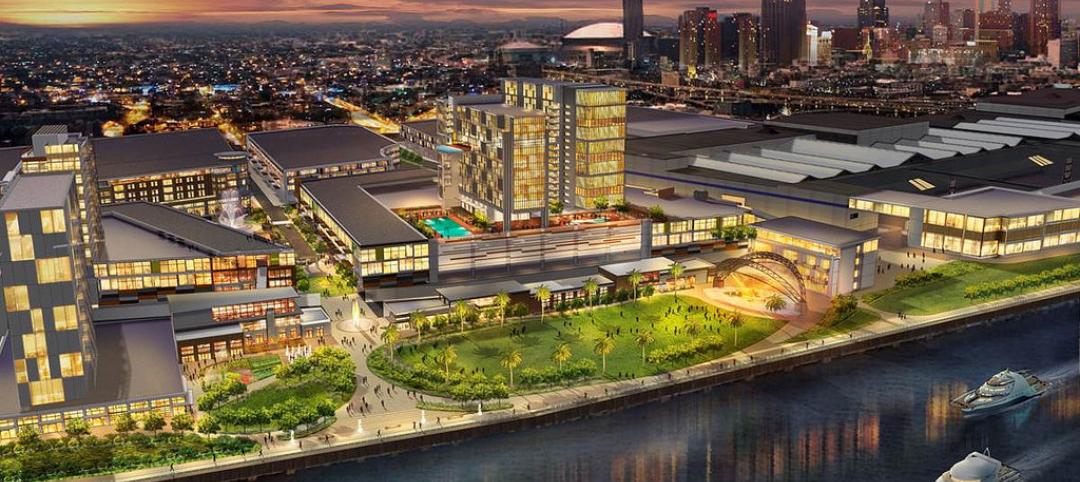Papa Johns has recently announced a new design for its restaurants, a new logo, and a new visual brand identity meant to modernize the experience for customers and team members.
The new customer-centric restaurant design will create a streamlined, flexible environment that will provide seamless purchasing and pick-up experiences for customers. The open-floorpan restaurant design blends modern simplicity with an experience that invites customers to enjoy their pizza.
Papa Johns crafted the new restaurant design to provide customers with better pick-up options, such as via the drive-thru, at the “Drive-Up Pick Up,” and inside at the pick-up counter, which now includes a self-service option that allow customers to get their order without waiting in line.

Kitchens will now feature modular stations that allow the same space to be used for different products at different times. Team members will be better equipped with a special space to add the final touches to each pizza.
Each restaurant will also present the brand’s new visual identity, which includes an updated palette inspired by the pizza ingredients, photos celebrating the company's best pizza moments, and a new “hand drawn happiness” illustration style.
Papa Johns has begun implementing a phased approach that will gradually roll out the new experience to customers and team members in the near future.
Related Stories
| Jun 30, 2014
4 design concepts that remake the urban farmer's market
The American Institute of Architects held a competition to solve the farmer's markets' biggest design dilemma: lightweight, bland canopies that although convenient, does not protect much from the elements.
| Jun 20, 2014
Sterling Bay pulled on board for Chicago Old Main Post Office project
Sterling Bay Cos. and Bill Davies' International Property Developers North America partner up for a $500 million restoration of Chicago's Old Main Post Office
| Jun 19, 2014
First look: JDS Architects' roller-coaster-like design for Istanbul waterfront development
The development's wavy and groovy design promises unobstructed views of the Marmara Sea for every unit.
| Jun 18, 2014
Study shows walkable urbanism has positive economic impact
Walkable communities have a higher GDP, greater wealth, and higher percentages of college grads, according to a new study by George Washington University.
| Jun 18, 2014
Arup uses 3D printing to fabricate one-of-a-kind structural steel components
The firm's research shows that 3D printing has the potential to reduce costs, cut waste, and slash the carbon footprint of the construction sector.
| Jun 16, 2014
6 U.S. cities at the forefront of innovation districts
A new Brookings Institution study records the emergence of “competitive places that are also cool spaces.”
| Jun 13, 2014
First look: BIG's spiraling museum for watchmaker Audemars Piguet
The glass-and-steel pavilion's spiral structure acts as a storytelling device for the company's history.
| Jun 12, 2014
Austrian university develops 'inflatable' concrete dome method
Constructing a concrete dome is a costly process, but this may change soon. A team from the Vienna University of Technology has developed a method that allows concrete domes to form with the use of air and steel cables instead of expensive, timber supporting structures.
| Jun 11, 2014
Bill signing signals approval to revitalize New Orleans’ convention center corridor
A plan to revitalize New Orleans' Convention Center moves forward after Louisiana governor signs bill.
| Jun 9, 2014
Green Building Initiative launches Green Globes for Sustainable Interiors program
The new program focuses exclusively on the sustainable design and construction of interior spaces in nonresidential buildings and can be pursued by both building owners and individual lessees of commercial spaces.














